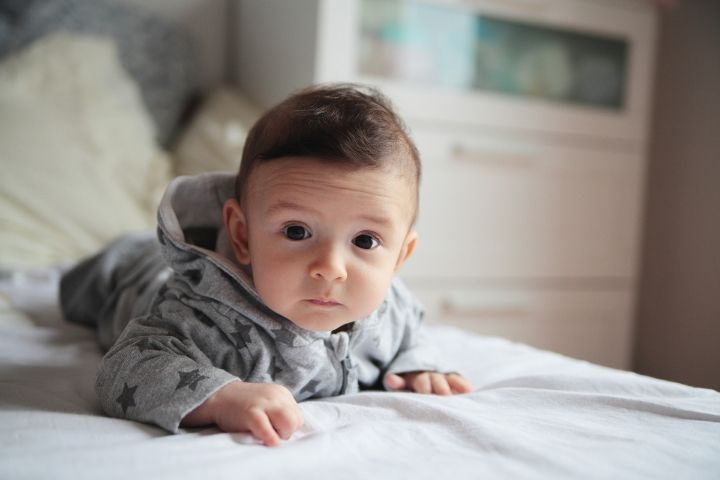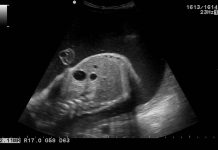As a parent, do you often wonder how children use their parents’ expressions to form their responses to certain events and situations? You are not the only one. If you wish to know more about your infant’s emotional development, then you have come to the right place as we will discuss the theory of social referencing in a child’s development and how it impacts along. Read on to find out everything that you need to know about social referencing in infants.
Read More:7 Proven Health Benefits of Hugging Your Child
In this article:
Social Referencing in Infants: A Definition
Children Using the Social Referencing Tool
The Role of Social Referencing in the Child’s Development
Using Social Referencing for Your Child’s Development
All You Need to Know About Social Referencing in Infants
Social Referencing in Infants: A Definition
The definition of social referencing is a simple one. It is basically the process by which infants take cues from the emotive displays of adults (parents or caregivers) to form their responses to certain events or adjust their behavior towards other people and objects. The effective display of adults can be through facial expressions, vocal sounds or body language. Social referencing is a vital tool that tends to help infants get a grasp of their new environment and the people and objects that form a part of it.
Read More:Uninvolved Parenting Style: Characteristics and Effects
Children Using the Social Referencing Tool
Infants as young as six months of age usually use social referencing as a way to gain a deeper understanding of their immediate environment. As they grow older, kids use social referencing with an increased frequency. By the age of eighteen months, kids may be using their parents’ or other adults’ effective displays to form responses for all their actions.
Babies may use social referencing for a wide variety of things. For instance, they see a new shiny object on the floor and are obviously intrigued by it. They look at their adults to see if it is okay for them to touch it. The adult’s smile or frown can act as referencing tools for this your baby and will determine if they proceeds to touch the object or avoid it.
Read More: Must Know Signs of Bad Parenting and Its Effect on Children
The Role of Social Referencing in the Child’s Development
It is not clear how social referencing differs for every infant. But psychologists have pointed out numerous ways by which social referencing helps a child’s development, such as follows:
- Social referencing helps a great deal in your child’s emotional development. Infants invariably learn the various meanings of different emotive expressions, accompanying sounds and how they relate to different people and things. This helps them in understanding their surroundings in a much clearer way.
- Babies tend to use social referencing to make decisions about what actions they need to perform. Therefore, it becomes their first foray into crucial decision-making skills to use later in life. This is how babies learn the art of decision.
- Infants also begin to understand positive and negative connotations derived from different expressions by observing the adults around them. It may not be clear from their behavior at that age, because they are just learning and experimenting. But learning the concepts begins with social referencing among other things such as their home environment, how adults behave among other things.
Using Social Referencing for Your Child’s Development
Parents and other adults in charge can use social referencing for babies and toddlers as a tool to impart knowledge. You can do so by being more mindful about your reactions in various situations and how you keep your body language and voice more articulate.
- Always use facial expressions when playing and interacting with your child. Let them see your emotive displays at close range for a better understanding of what they could mean for different situations. Your reactions could affect how your child also reacts to certain situations and people in general.
- Try to ensure that your voice syncs with your body language when you are around your child. You may pretend to greet a neighbor with a smile but if you are not actually happy about it, it can show up as ambiguity in your body language and vocal tones. This might be subtle, but your infant may pick on them and become confused by their difficulty to grasp them fully.
- Always use social referencing to teach your child new things such as making decisions about food choices as well as other things. Your expressions can be crucial to your child willing to try new food groups and behave differently.
- Social referencing affects the emotional development of your child and it begins in their infancy. It is best to use this tool for the maximum benefit so that your child goes through mindfulness and awareness of your reactions.
Therefore, to conclude, social referencing could be a great way to build your relationship with your child and aid in the growth and development of their personality.
References
https://www.ncbi.nlm.nih.gov/pubmed/3168639













